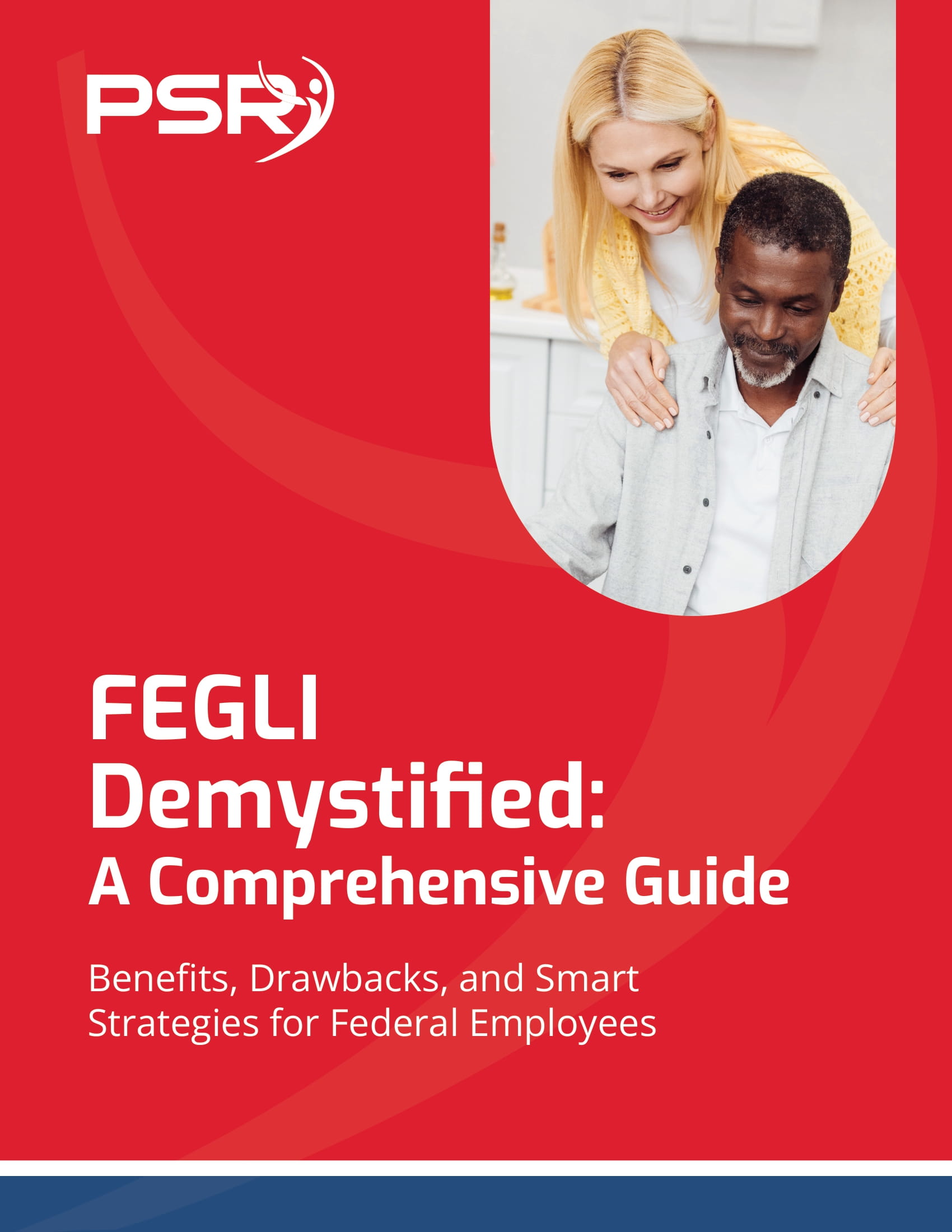Key Takeaways:
-
Understanding how TRICARE and FEHB work together can help you optimize your health coverage and retirement planning.
-
Recent policy changes offer military families more flexibility and cost-saving opportunities in coordinating TRICARE with FEHB.
The Intersection of TRICARE and FEHB
Navigating the complexities of healthcare options like TRICARE and the Federal Employees Health Benefits (FEHB) program can be challenging, but doing so is vital for military families and federal employees alike. These programs offer excellent benefits, but maximizing their value requires understanding how they interact and what recent policy updates mean for you.
What You Need to Know About TRICARE
- Also Read: Postal Employees, Big Changes Are Coming to Your Benefits in 2025—Here’s What You Need to Watch Out For
- Also Read: Military Buyback Programs Explained: Here’s How Federal Employees Can Use Them to Boost Their Pensions
- Also Read: Joining Civilian and Military Benefits—Why It’s the Best Move You’ll Make for Retirement
-
Coverage for active-duty members, retirees, and eligible family members.
-
Comprehensive benefits, including preventive care, hospitalizations, and prescriptions.
-
Varying levels of coverage based on beneficiary status (e.g., active-duty vs. retiree).
Understanding FEHB Benefits
The Federal Employees Health Benefits program offers healthcare plans to federal employees, retirees, and their families. It’s a cornerstone of federal retirement benefits, providing:
-
A wide range of plan options, including nationwide and regional HMOs.
-
Comprehensive coverage, often with better coordination when paired with Medicare.
-
Flexibility to change plans during annual Open Season or after qualifying life events.
Recent Policy Changes Impacting Military Families
Policy changes introduced in 2025 bring new opportunities for military families to save on healthcare and optimize their benefits. These include:
-
Streamlined Enrollment Options: Eligible military retirees and their families can now seamlessly transition from TRICARE to FEHB without losing coverage.
-
Improved Coordination with Medicare: For those enrolled in Medicare, both TRICARE and FEHB now offer better integration to minimize out-of-pocket costs.
-
Expanded Open Season Options: You can now adjust your coverage more easily to reflect changes in family status or healthcare needs.
Why You Should Consider Using Both Programs
If you’re eligible for both TRICARE and FEHB, combining them can enhance your healthcare coverage. Here’s why:
-
Reduced Out-of-Pocket Costs: FEHB can serve as a secondary payer to TRICARE, covering what TRICARE doesn’t.
-
Broader Provider Network: FEHB plans often include providers not covered by TRICARE, giving you more options.
-
Flexibility for Families: Having both programs ensures comprehensive coverage, especially for family members who may not be eligible for TRICARE.
Navigating Open Season and Enrollment Changes
Open Season, which occurs annually from mid-November to mid-December, is your chance to:
-
Enroll in FEHB if you’re newly eligible.
-
Change plans or coverage levels.
-
Drop or add dependents to your plan.
Key Tips for Open Season Success
-
Review Plan Options Carefully: Use the comparison tools available to weigh your TRICARE and FEHB options.
-
Consider Costs: Evaluate premiums, deductibles, and copayments to find the most cost-effective plan combination.
-
Factor in Family Needs: Ensure your chosen plan covers your dependents adequately.
Retirees: Making the Most of Medicare Integration
For military retirees, integrating Medicare with TRICARE and FEHB can maximize savings. Here’s how:
-
Medicare Part A and B as Primary Payers: TRICARE and FEHB act as secondary payers, reducing out-of-pocket expenses.
-
Prescription Drug Savings: Medicare Part D may not be necessary if you have TRICARE or FEHB, both of which include robust drug coverage.
-
Waived Deductibles: Some FEHB plans waive deductibles for enrollees who combine Medicare with their coverage.
Understanding Costs and Savings
While TRICARE generally has low costs for military families, FEHB can complement this coverage by reducing gaps. Here are some general cost considerations:
-
TRICARE Premiums: Generally low or no cost for active-duty families, with modest premiums for retirees.
-
FEHB Premiums: Shared between you and the government, with the government covering about 70% of the cost.
-
Out-of-Pocket Caps: Both programs offer caps on out-of-pocket expenses, protecting you from high medical bills.
Strategies for Military Families to Maximize Benefits
Combining TRICARE and FEHB requires planning but pays off in comprehensive coverage and cost savings. Here’s a step-by-step guide:
Step 1: Assess Your Eligibility
Determine your eligibility for TRICARE and FEHB. Key factors include your military status, federal employment, and retirement plans.
Step 2: Compare Plans
Use online tools to compare available plans. Look for:
-
Coverage details (e.g., hospital stays, preventive care, specialty care).
-
Provider networks to ensure your doctors are included.
-
Prescription drug coverage specifics.
Step 3: Plan for Life Transitions
Major life events like marriage, childbirth, or retirement can affect your coverage. Be proactive in updating your enrollment to avoid lapses.
Step 4: Coordinate Benefits
If eligible for both programs, coordinate TRICARE and FEHB to minimize out-of-pocket costs. For example:
-
Use TRICARE as your primary insurance and FEHB as secondary.
-
File claims properly to ensure smooth reimbursement.
The Role of Spouses and Dependents
Spouses and dependents play a crucial role in determining the best healthcare options for your family. Key points to consider:
-
Dependent Eligibility: TRICARE and FEHB have specific rules for covering dependents. Ensure your family qualifies under both programs.
-
Coverage for Young Adults: TRICARE Young Adult and FEHB options provide extended coverage for dependents up to age 26.
-
Special Needs Families: Some FEHB plans offer additional resources for families with special needs dependents, complementing TRICARE’s support.
Looking Ahead: How Policy Changes Benefit You
The latest updates to TRICARE and FEHB policies offer significant advantages for military families. Highlights include:
-
Simplified Enrollment: Coordinating benefits between TRICARE and FEHB is easier than ever.
-
Enhanced Cost Protections: New caps on out-of-pocket expenses provide financial security.
-
Increased Flexibility: Expanded Open Season options allow you to adjust your coverage as needed.
How to Get Started
Taking advantage of these benefits starts with understanding your options. Here’s what to do:
-
Research Thoroughly: Use government resources to learn about TRICARE and FEHB.
-
Talk to HR: Your federal human resources office can help clarify your FEHB options.
-
Consult with Experts: Reach out to healthcare advisors familiar with military and federal benefits.
Preparing for a Healthy Future
By combining TRICARE and FEHB, military families can enjoy unparalleled healthcare coverage. Stay informed, plan ahead, and take full advantage of these programs to ensure your family’s health and financial well-being.










